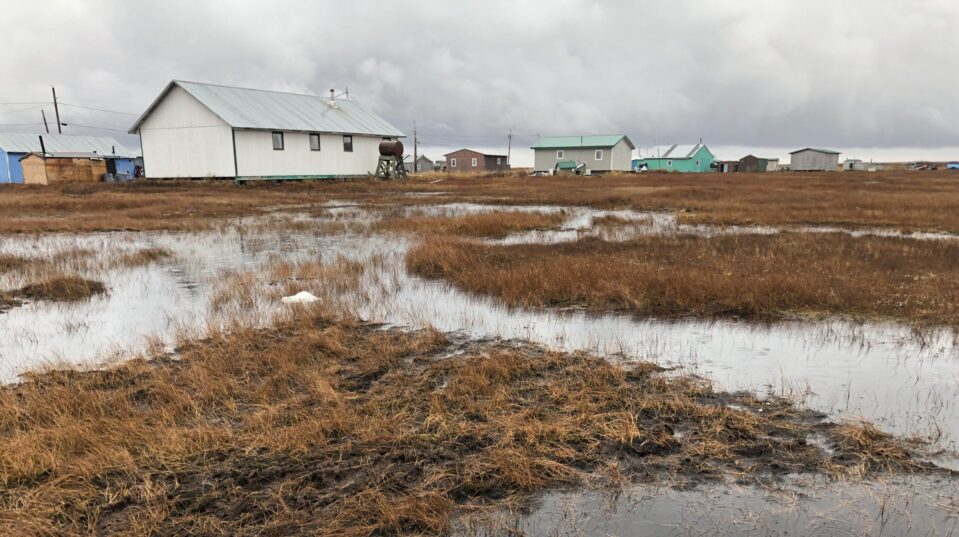Markey bill makes permafrost a national weather forecasting priority

photo by Sue Natali / Woodwell Climate Research Center
Arctic Communications Strategist, Woodwell Climate Research Center
New legislation proposed in the U.S. Senate would for the first time consider the importance of monitoring permafrost thaw as part of a broader effort to improve U.S. weather forecasting and modeling, and support cutting-edge tools and resources to better track this serious environmental hazard in the North.
The FORECASTS Tracking Act, proposed by Sen. Ed Markey (D-Mass.), member of the Senate Committee on Commerce, Science, and Transportation, and co-sponsored by Sen. Alex Padilla (D-Calif.) and Sen. Jacky Rosen (D-Nev.), would improve subseasonal-to-seasonal weather forecasting efforts at the National Oceanographic and Atmospheric Administration (NOAA) through investments in workforce development and advanced approaches to weather forecasting.
Permafrost Pathways, an initiative led by Woodwell Climate Research Center, celebrates the bill’s recognition that permafrost thaw must be better tracked as global temperatures change, and that more advanced monitoring and modeling tools can improve community preparedness and resilience.
The proposed bill represents a key step toward better tracking how permafrost and weather conditions interact, as well as the consequential effects permafrost thaw has on communities both in the North and across the world. Permafrost and air temperature are linked in a climate feedback that means that the warmer temperatures get in the North, the more permafrost will thaw, releasing greenhouse gasses and further contributing to rising temperatures.
“As climate change continues to impact subseasonal-to-seasonal weather conditions, we must invest in research, innovation, technology, and the individuals that contribute to this science ecosystem to appropriately prepare and adapt,” said Dave McGlinchey, Chief of Government Relations at Woodwell Climate Research Center. “The FORECASTS Tracking Act addresses these urgent needs and commits to expanding modeling and data capabilities, which will enable vital climate adaptation and mitigation policies. Woodwell Climate Research Center thanks Senator Markey for his leadership on this bill and as a climate and environmental champion.”
Temperatures in the Arctic are rising three to four times as fast as other places on Earth, and improved modeling and data capabilities are critical to understanding the way permafrost thaw in the region affects people and ecosystems across the planet. Permafrost Pathways researchers have called for permafrost to be better incorporated into regional and Earth system models in order to improve predictions, and the FORECASTS Tracking Act recognizes and elevates this need.
“The FORECASTS Tracking Act will provide NOAA with the direction and resources required to fully realize an S2S forecasting architecture that is cutting-edge, reliable, and maintainable, ensuring the short- and long-term safety of communities in the face of both extreme weather and slow onset climate impacts,” Sen. Markey said in a statement.
Monitoring capabilities are just one of the challenges towards better tracking and predicting permafrost thaw. Learn more about policy-relevant solutions for better representing permafrost in Earth System Models here.
Go to top

